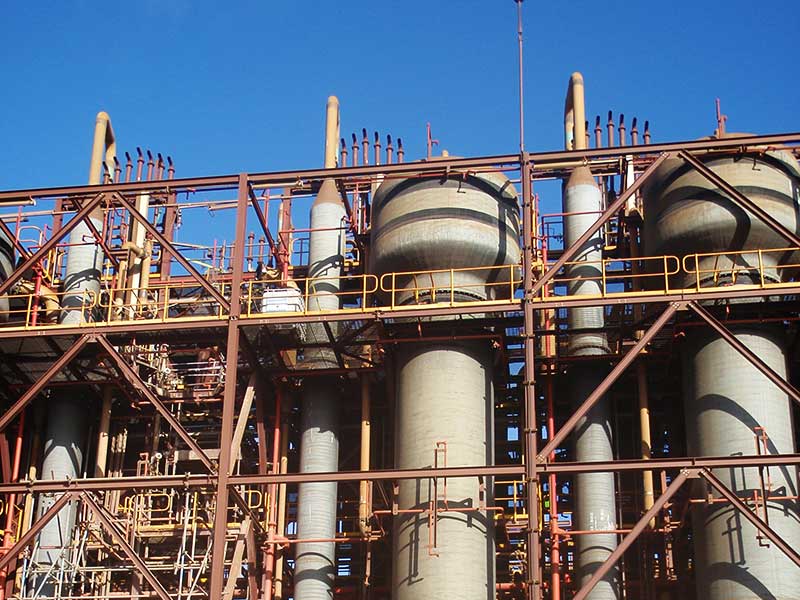Advanced modelling of a pioneering mineral extraction process at South Australia’s Olympic Dam mine is expected to make recovery of Australia’s largest uranium resource more efficient, while providing valuable insight for future uses of the technology.
The Olympic Dam mine was the first in the world to use column-based solvent technology for uranium extraction, based on designs developed in association with the University of Melbourne’s Department of Chemical Engineering.
The Olympic Dam mine was the first in the world to use column-based solvent technology for uranium extraction, based on designs developed in association with the University of Melbourne’s Department of Chemical Engineering.

But operating conditions have changed considerably since the technology was introduced in 2005. In particular, increased salt levels in the processing water have reduced the effectiveness of the uranium extraction.
Separations specialist at the University of Melbourne Professor Geoff Stevens is leading a new research collaboration with the mine’s operator, BHP, to help adjust operations to the suit the changed conditions and to anticipate further changes.
“The mine is in the middle of a desert, which makes access to fresh water difficult,” Professor Stevens says. “The water they use is about as salty as seawater, at three to four grams of salt per litre. This is expected to double in coming years because the water is recycled and reused many times, which concentrates the salts.”
Professor Stevens has built small-scale model of the Olympic Dam extraction columns that replicate the mine’s operating conditions and allows him to test how varying operating conditions influence mineral extraction. “It’s all about the internals of the column, and how the aqueous mineral solution and the organic solvent mix within the column,” he says.
This information, combined with operating data from the mine, will underpin a mathematical model that will allow operators to identify adjustments they can make to improve mineral extraction under a range of different conditions.
Professor Stevens says the modeling should also help to understand how the technology could be adapted for other mining applications and for other extractive uses, such as those in the pharmaceutical industry.